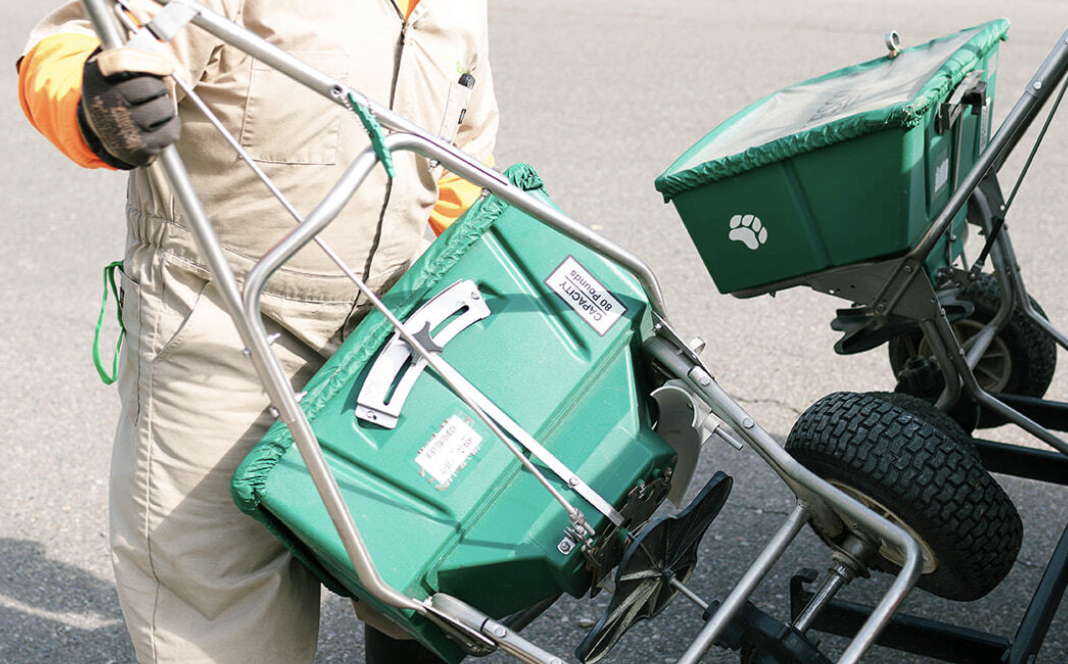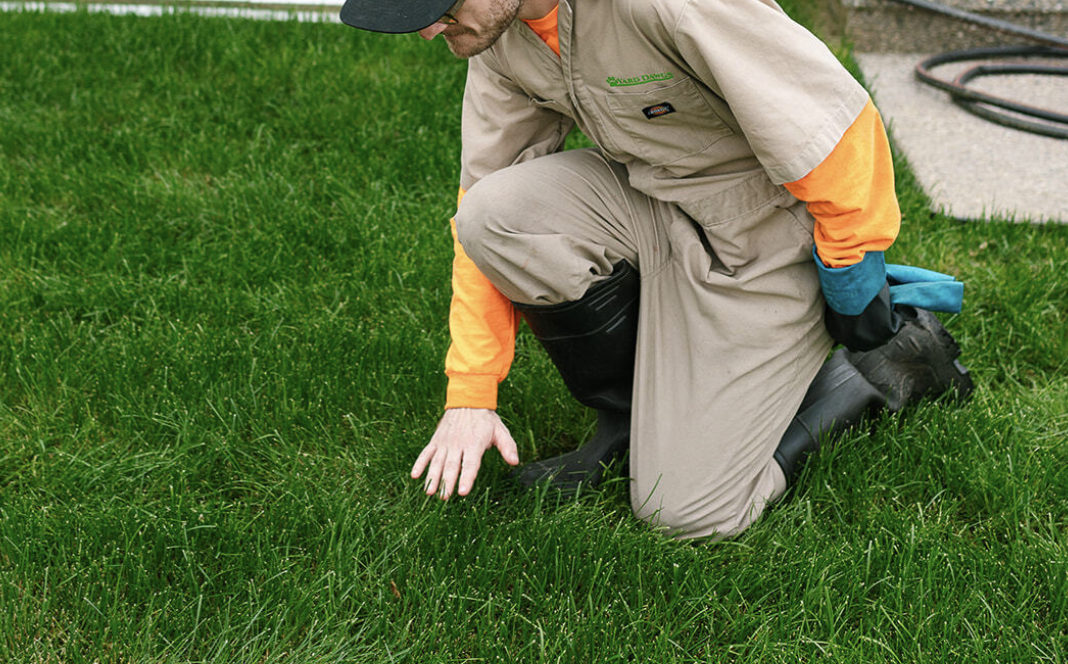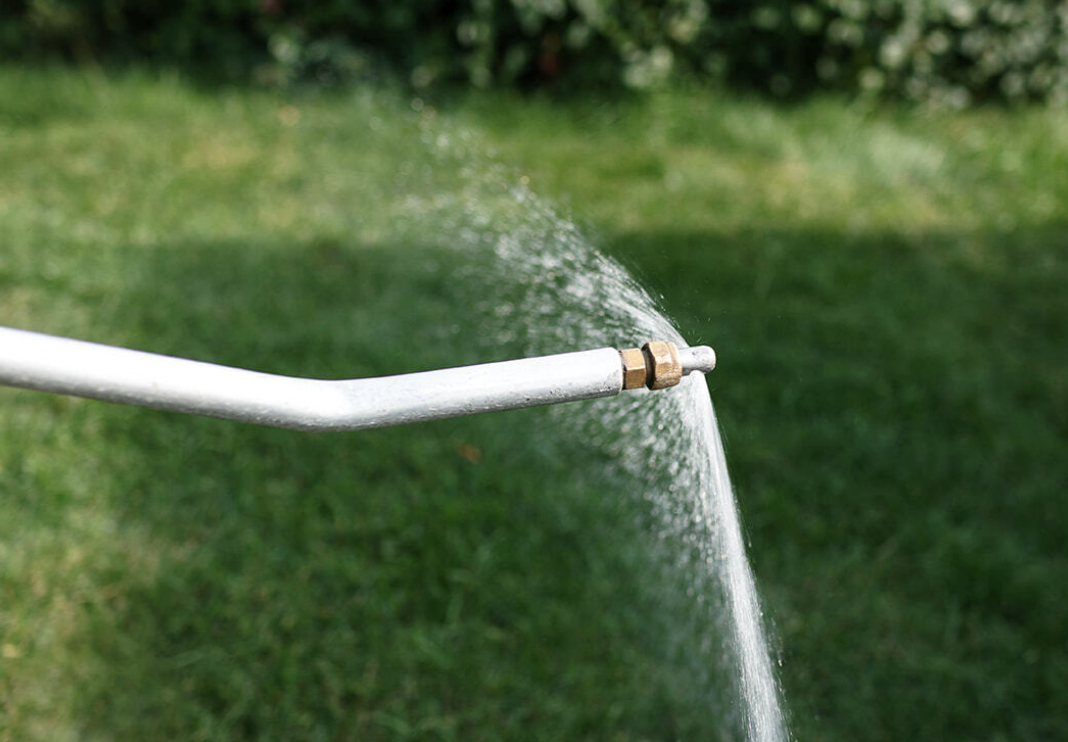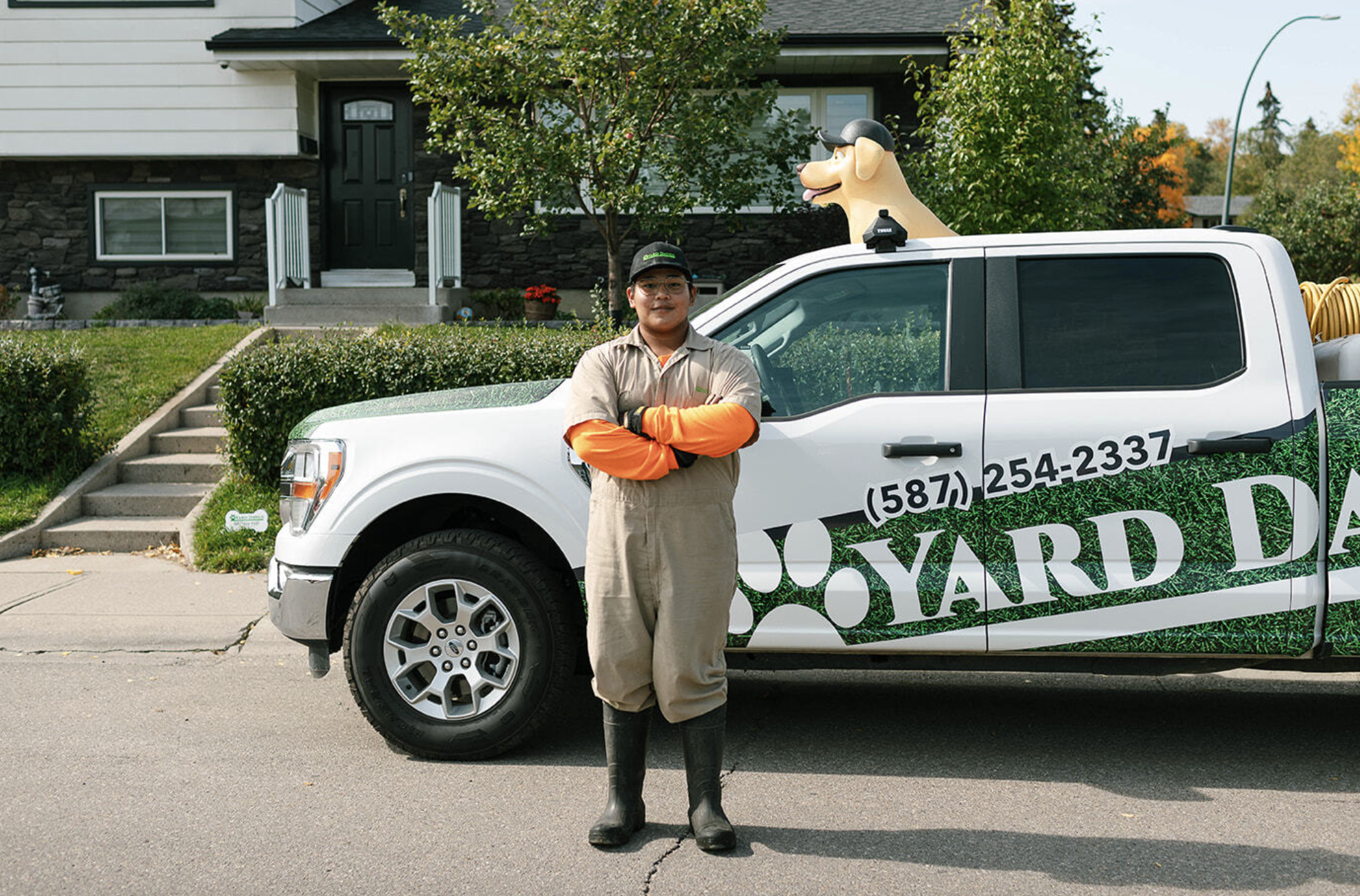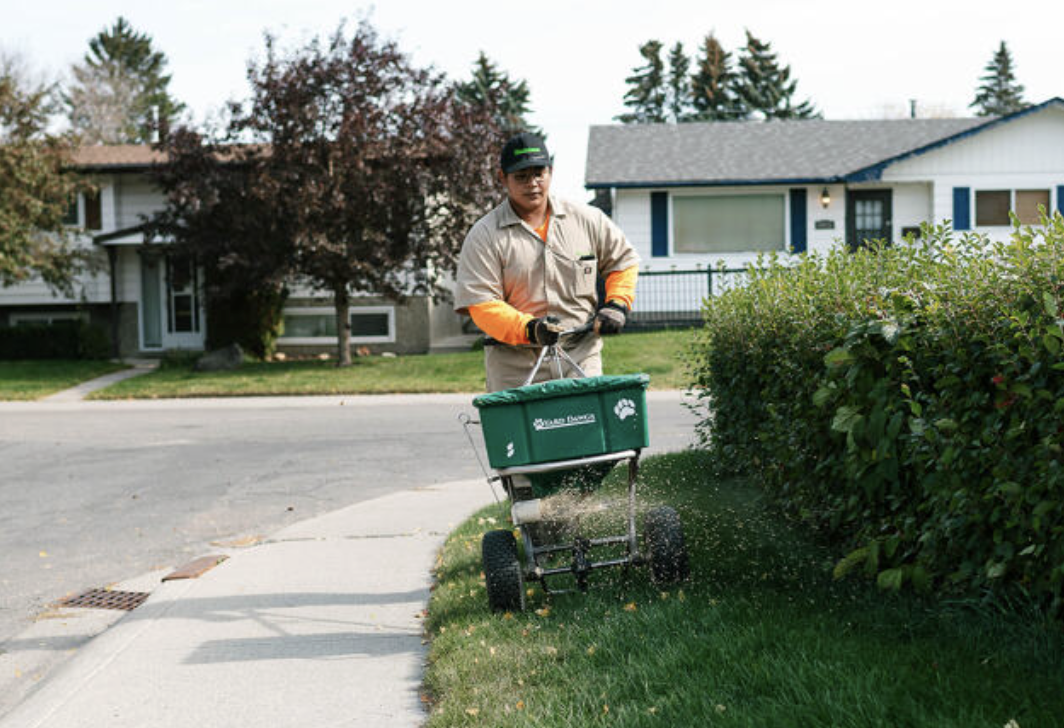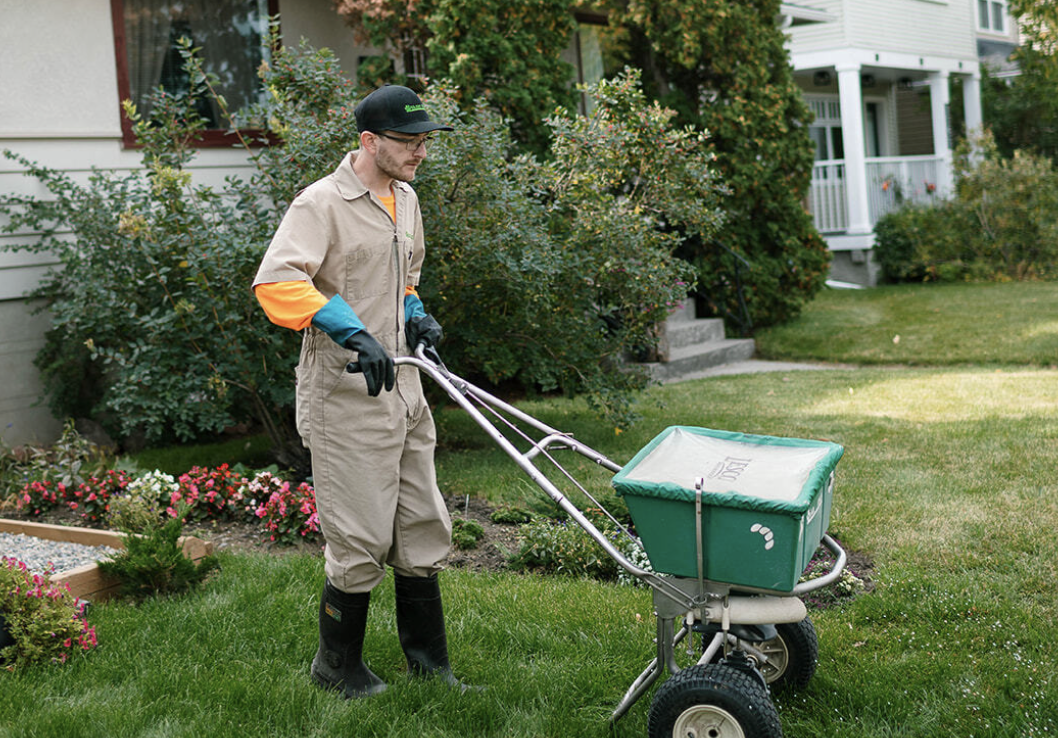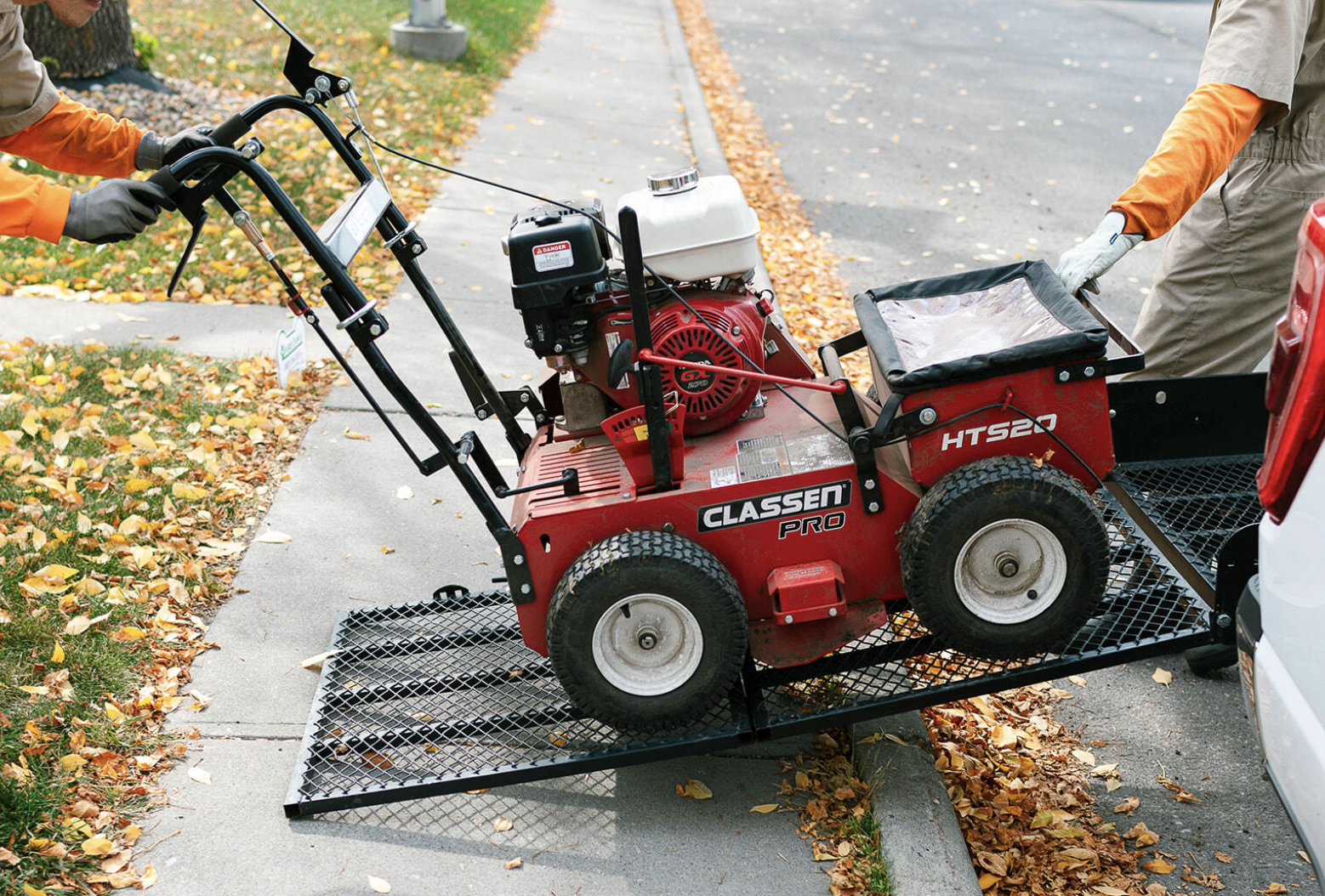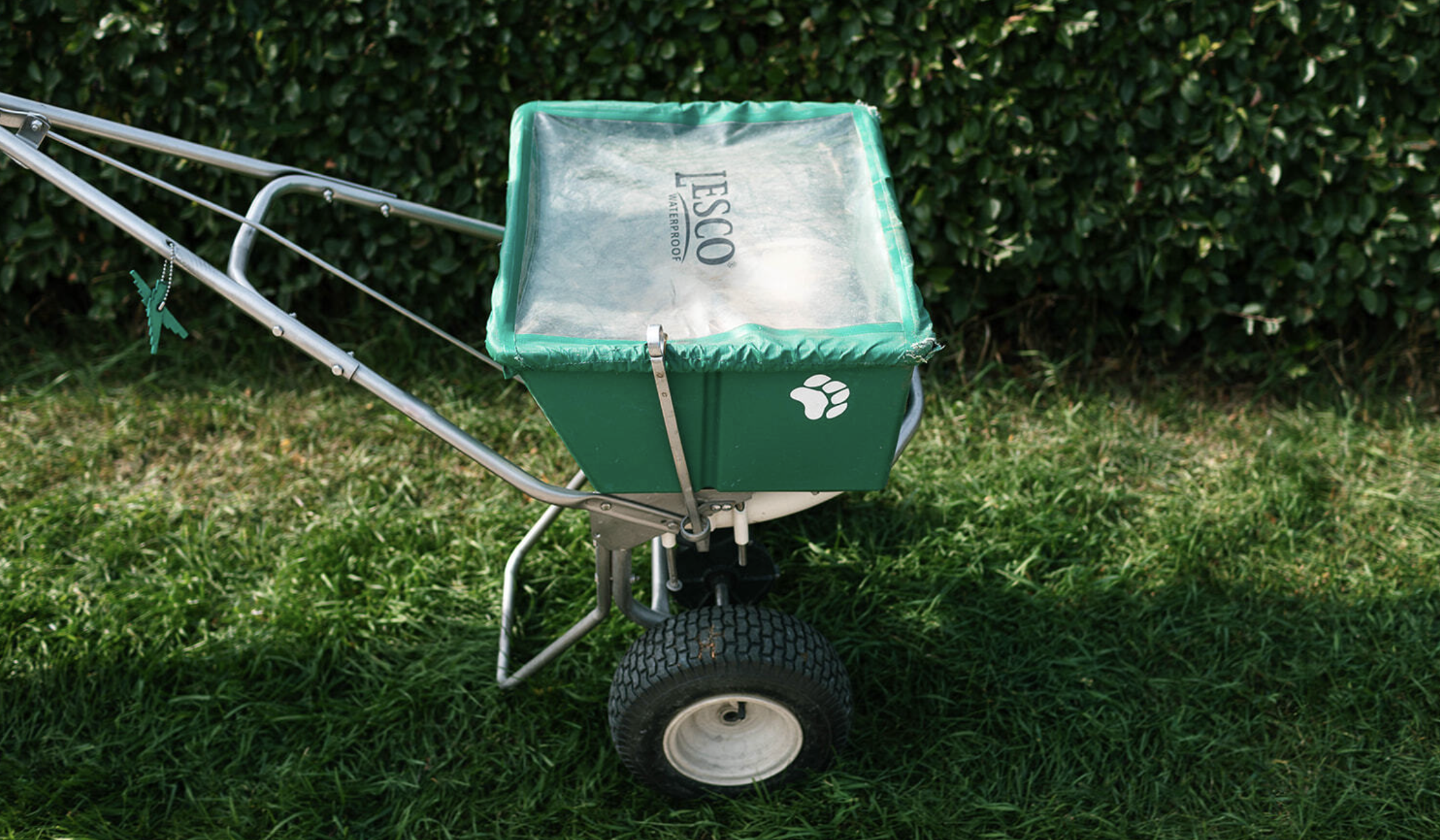Grubs may be small, but they can cause big problems for your lawn. These white, C-shaped larvae feed on grass roots, leading to brown patches, thinning turf, and increased vulnerability to weeds.
If you’ve noticed damage or spotted grubs under the soil, it’s time to act. This article will show you how to identify, treat, and prevent grubs effectively so your lawn stays lush and healthy all season long.

What are Grubs?
Grubs are the larvae of beetles, commonly June bugs or European chafers. These soft, white, C-shaped insects live beneath the soil and feed on grass roots, cutting off your lawn’s ability to absorb water and nutrients.
While a few grubs may not cause serious harm, large infestations can lead to brown patches of spongy turf and even attract animals like skunks and raccoons that dig for a snack. Catching them early is key to protecting your lawn.
Top Reasons and Causes of Grubs in Lawns
Grubs don’t just show up by chance. Several factors can attract them to your yard. Understanding what draws these pests in can help you prevent future infestations and keep your lawn healthy.
Beetle Activity in Summer
Most grub problems start when adult beetles, like June bugs and chafer beetles, lay their eggs on your lawn during the summer. These beetles are attracted to well-watered, sunny lawns with healthy turf, making your yard an ideal nesting ground.
Overwatering and Thick Thatch
Lawns with excessive moisture or a thick layer of thatch provide the perfect environment for grub eggs to survive and hatch. Overwatering softens the soil, making it easier for beetles to dig in and lay their eggs.
Poor Soil Drainage
If your yard doesn’t drain well, it creates damp conditions that encourage grub development. These moist spots often become breeding grounds for larvae, especially if the grass is already stressed or thin.
Lack of Natural Predators
Grubs have natural enemies like birds, ants, and beneficial nematodes. If your lawn lacks biodiversity, these predators may not be around to help control the grub population naturally, allowing them to multiply unchecked.
History of Grub Infestation
If your lawn has had grub problems in the past, it’s more likely to have them again. Eggs and larvae can survive underground over winter, and the same favourable conditions that led to the first infestation may still be present.
How to Get Rid of Grubs in Lawns
Once you’ve identified a grub problem, it’s important to act quickly. There are a few effective ways to eliminate grubs, depending on the time of year and severity of the infestation. Here’s how to tackle the issue and get your lawn back on track.
Apply a Grub Control Treatment
Grub control products can target larvae and stop them from feeding on your lawn’s roots. These treatments are most effective when applied at the right stage of the grub’s life cycle.
- Choose a product labelled for active grub control, not just prevention
- Apply during late summer or early fall when young grubs are most vulnerable
- Water your lawn after application to help the product soak into the soil
Introduce Beneficial Nematodes
These microscopic worms are a natural solution to grub infestations. They hunt and kill grubs in the soil without harming your grass or plants.
- Purchase nematodes from a reputable garden center or supplier
- Apply them in the evening or on a cloudy day to protect them from UV light
- Keep the soil moist for a couple of weeks after application
Dethatch and Improve Lawn Health
A thick thatch layer gives grubs a place to hide and thrive. Removing it makes your lawn less inviting for beetles to lay eggs.
- Use a dethatching rake or machine to break up the layer of dead grass
- Aerate the lawn to improve soil drainage and root development
- Reseed any bare patches to promote thick, healthy turf
Call a Professional Lawn Care Service
If grubs keep coming back or the damage is severe, it might be time to call in the pros. A professional can assess the situation and recommend the right course of action.
- Schedule a lawn inspection to confirm the extent of the infestation
- Let the experts apply targeted treatments at the optimal time
- Get guidance on how to prevent future grub issues through proper lawn care
Let Yard Dawgs Handle Your Grub Problem
Dealing with grubs doesn’t have to be a hassle. At Yard Dawgs, we offer professional lawn care services that eliminate grubs and bring your lawn back to life.
Visit Yard Dawgs Lawn Care to learn more and book your grub control treatment today. We’ll take care of the hard work so you can enjoy a healthy, green lawn.


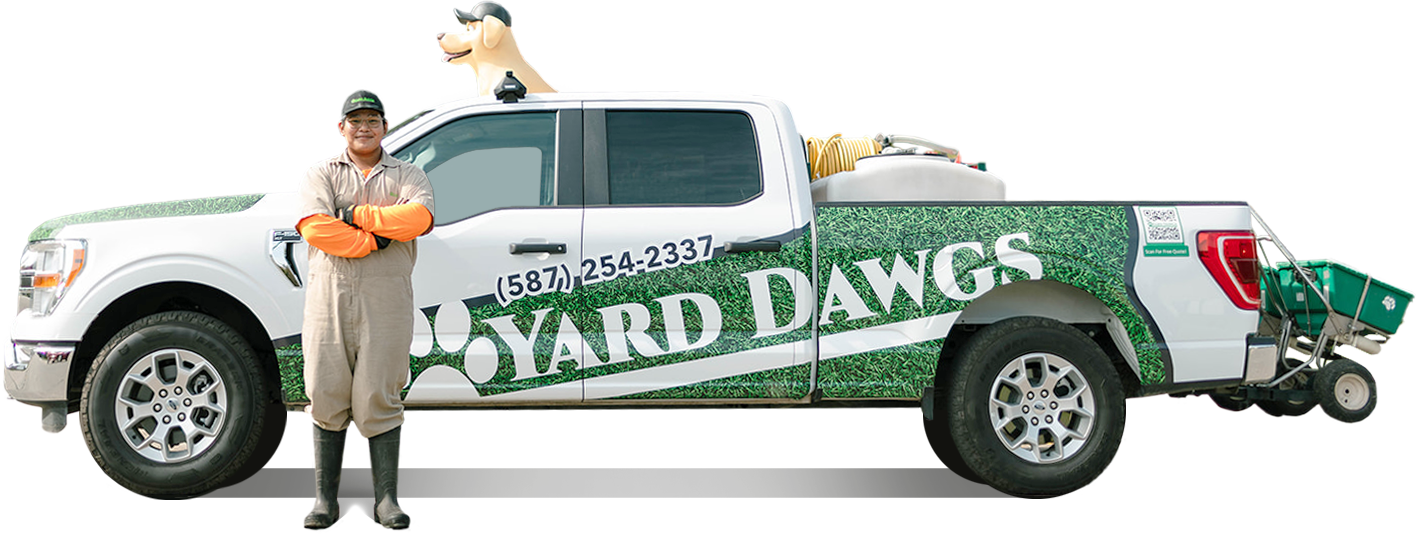


.png)
